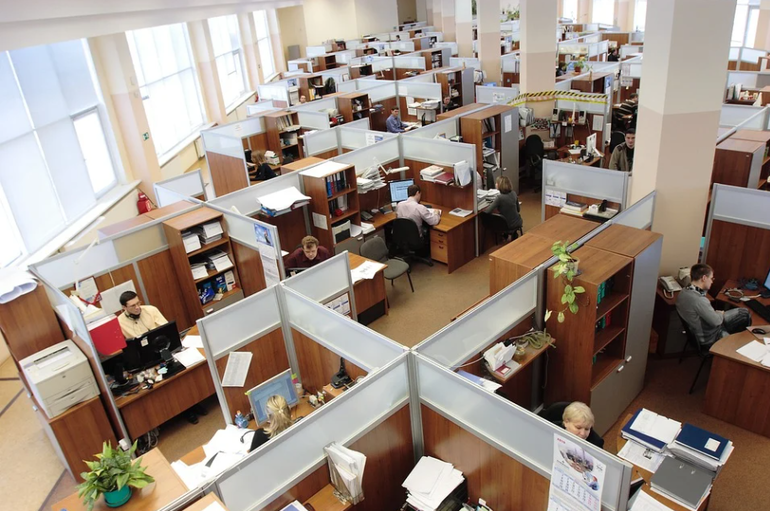Processing Your Payment
Please do not leave this page until complete. This can take a few moments.
-
News
-
Editions
-
- Lists
-
Viewpoints
-
HBJ Events
-
Event Info
- 2024 Economic Outlook Webinar Presented by: NBT Bank
- Best Places to Work in Connecticut 2024
- Top 25 Women In Business Awards 2024
- Connecticut's Family Business Awards 2024
- What's Your Story? A Small Business Giveaway 2024 Presented By: Torrington Savings Bank
- 40 Under Forty Awards 2024
- C-Suite and Lifetime Achievement Awards 2024
- Connecticut's Health Care Heroes Awards 2024
-
-
Business Calendar
-
Custom Content
- News
-
Editions
View Digital Editions
Biweekly Issues
- April 15, 2024
- April 1, 2024
- March 18, 2024
- March 4, 2024
- February 19, 2024
- February 5, 2024
- January 22, 2024
- January 8, 2024
- Dec. 11, 2023
- + More
Special Editions
- Lists
- Viewpoints
-
HBJ Events
Event Info
- View all Events
- 2024 Economic Outlook Webinar Presented by: NBT Bank
- Best Places to Work in Connecticut 2024
- Top 25 Women In Business Awards 2024
- Connecticut's Family Business Awards 2024
- What's Your Story? A Small Business Giveaway 2024 Presented By: Torrington Savings Bank
- 40 Under Forty Awards 2024
- C-Suite and Lifetime Achievement Awards 2024
- Connecticut's Health Care Heroes Awards 2024
Award Honorees
- Business Calendar
- Custom Content
Spaced out: The physical office in the post-pandemic era

For employers welcoming workers back to the office after the long COVID-mandated hiatus, space alone is not the final frontier. The “new normal” of office work will involve creative approaches not just to the use of square footage — but of time as well.
Not-so-social distancing in the workplace was the subject of a Thursday morning webinar, “Restructuring Your Physical Work Spaces with Safety and New Guidelines in Mind,” sponsored by the Greater New Haven Chamber of Commerce.
“Many companies are having to change their physical space to conform to the guidelines that were issued by the state to keep both employees and customers safe,” said chamber President/CEO Garrett Sheehan, who moderated the webinar.
The inescapable reality is that allowing for more physical distance between and among workers requires either more square footage — or fewer people occupying the same space at the same time. For many employers that means deploying office workers in shifts.
“Companies are striking a balance between workers in the office and those working remotely,” said Dawn Tofil-Monde, senior vice president of strategic accounts/client services for Red Thread, which designs workplace environments for clients throughout New England.
And that’s something employers and their workers can embrace.
”Employees want that choice and control” over their relationship with both space and time, she added. “People are not going to be returning to environments they don’t feel safe in.”
Karin Patriquin, principal of an eponymous New Haven architecture firm, noted that guidelines under Phase 1 of Gov. Ned Lamont’s “Reopen CT” guidelines called for no more than 50% capacity of office spaces since they were allowed to reopen beginning May 20. She showed webinar participants layouts of how large and smaller office spaces could be reconfigured to accommodate half the number of occupants they once did — and ease the inconvenience of keeping their distance through simple steps such as one-way circulation, hanging plexiglass barriers from ceilings and reducing or eliminating the use of formal conference rooms in favor of shorter standup meetings among project collaborators.
“Healthy buildings, healthy people, healthy minds,” said Patriquin.”That, and standup desks.”
Michael Schaffer is principal of the New Haven commercial real estate firm CA White, which owns and manages a number of office properties in Connecticut and elsewhere. In adapting to the post-COVID realities, “There’s a lot of experimentation going on,” Schaffer said. “We’re learning as we go.”
One of the “new skills” owners of office buildings are learning is that while tenants traditionally have placed the highest value on utility and comfort of the office environment, now the health and well-being of their employees is of paramount concern. “That’s been a huge change” for both tenants and landlords,” Schaffer said, and both sides are learning creative ways to collaborate to enhance the safety and security of those who occupy office work environments.
Physically, the introduction of plexiglass barriers, ubiquitous sanitation stations, continuous cleaning of high-touch surfaces (especially restrooms) can be complemented by enhancing the intake and cleaning filters of HVAC systems to enhance circulation of cleaner air throughout enclosed spaces, Schaffer added. And of course, the wearing of both masks and gloves by workers.
Of course, “All of these are tactical and operational changes,” Schaffer added. “Time will tell what the structural changes are.”

2022 Giving Guide
This special edition informs and connects businesses with nonprofit organizations that are aligned with what they care about. Each nonprofit profile provides a crisp snapshot of the organization’s mission, goals, area of service, giving and volunteer opportunities and board leadership.
Learn more
Subscribe
Hartford Business Journal provides the top coverage of news, trends, data, politics and personalities of the area’s business community. Get the news and information you need from the award-winning writers at HBJ. Don’t miss out - subscribe today.
Subscribe
2024 Book of Lists
Delivering Vital Marketplace Content and Context to Senior Decision Makers Throughout Greater Hartford and the State ... All Year Long!
Read Here-
2022 Giving Guide
This special edition informs and connects businesses with nonprofit organizations that are aligned with what they care about. Each nonprofit profile provides a crisp snapshot of the organization’s mission, goals, area of service, giving and volunteer opportunities and board leadership.
-
Subscribe
Hartford Business Journal provides the top coverage of news, trends, data, politics and personalities of the area’s business community. Get the news and information you need from the award-winning writers at HBJ. Don’t miss out - subscribe today.
-
2024 Book of Lists
Delivering Vital Marketplace Content and Context to Senior Decision Makers Throughout Greater Hartford and the State ... All Year Long!
ABOUT
ADVERTISE
NEW ENGLAND BUSINESS MEDIA SITES
No articles left
Get access now
In order to use this feature, we need some information from you. You can also login or register for a free account.
By clicking submit you are agreeing to our cookie usage and Privacy Policy
Already have an account? Login
Already have an account? Login
Want to create an account? Register
Get access now
In order to use this feature, we need some information from you. You can also login or register for a free account.
By clicking submit you are agreeing to our cookie usage and Privacy Policy
Already have an account? Login
Already have an account? Login
Want to create an account? Register






0 Comments